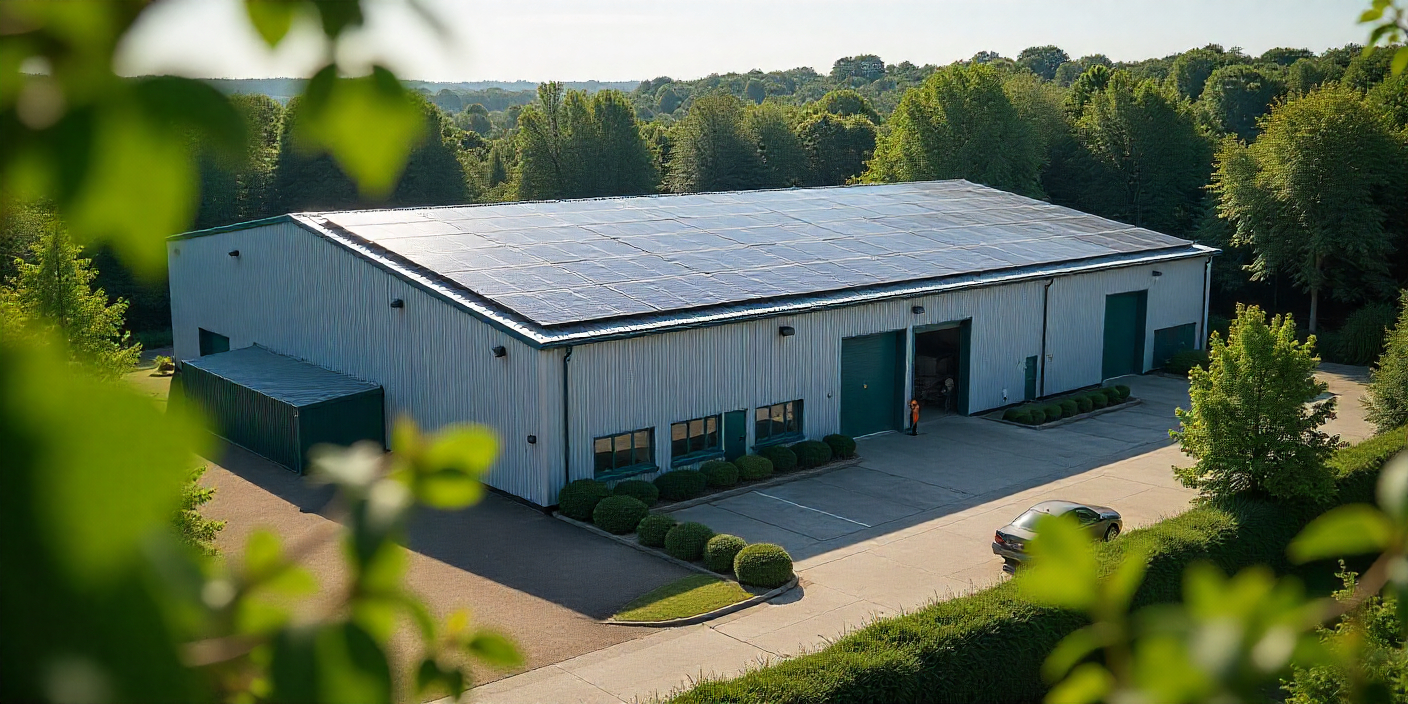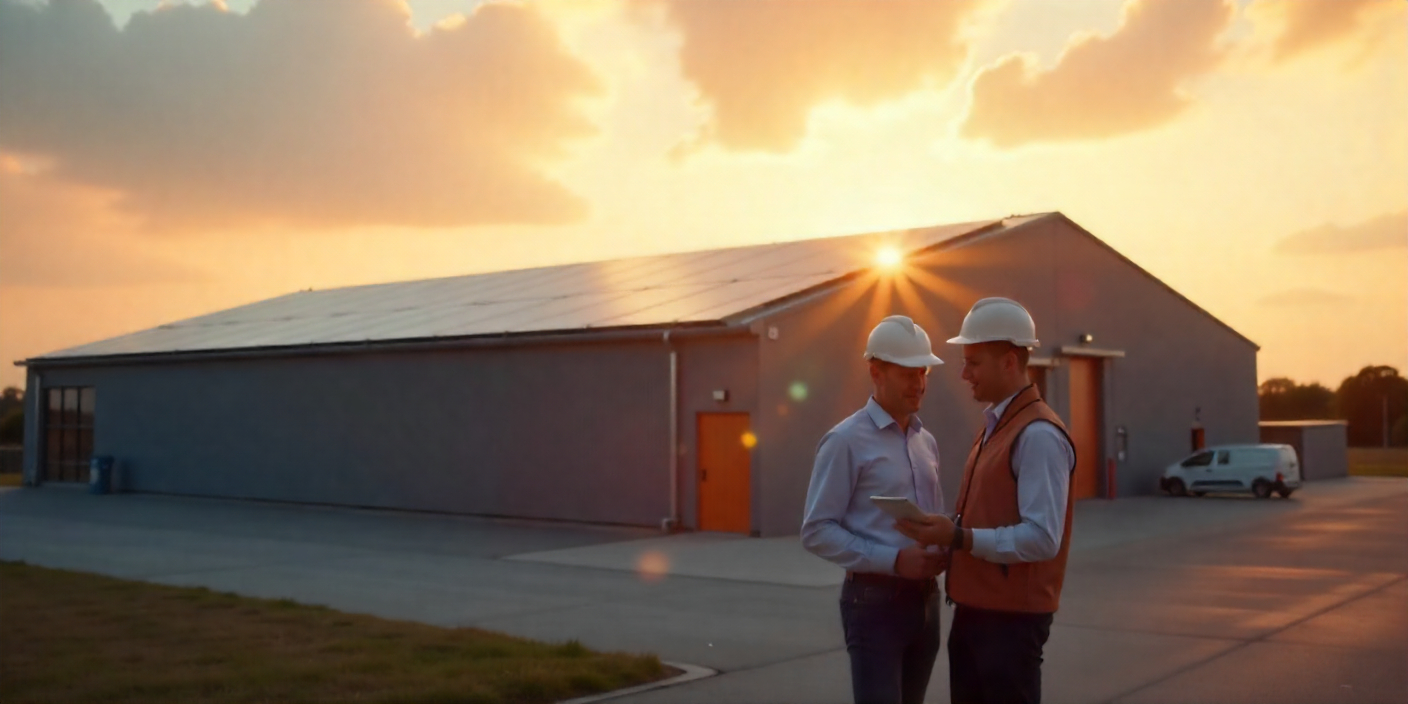Implementing an ISO 50001 Energy Management System (EnMS) is one of the smartest ways a factory can take control of its energy performance.
But while the standard helps reduce consumption and improve efficiency, the real game-changer often comes when factories combine ISO 50001 with rooftop solar power.
This partnership doesn’t just tick sustainability boxes – it supercharges energy performance, cuts costs, and makes certification outcomes stronger and more measurable.
From Efficiency to Energy Independence
ISO 50001 helps factories track where and how energy is used – identifying inefficiencies in machinery, lighting, and operations.
But once you’ve made those improvements, the next logical step is reducing your dependency on external energy sources altogether.
That’s where solar comes in.
By installing solar panels, factories generate a portion of their electricity on-site.
This directly supports ISO 50001’s goals of improving energy performance indicators (EnPIs) and reducing energy intensity.
Every kilowatt hour produced on your own roof improves your metrics – and your profit margins.
A Framework That Makes Solar Smarter
ISO 50001 doesn’t just help you install solar; it helps you integrate it intelligently.
The EnMS framework ensures you:
✅ Use accurate energy data to size your system correctly.
✅ Monitor solar output as part of ongoing performance reviews.
✅ Quantify the resulting reductions in energy consumption and carbon emissions.
This energy management system structured approach means solar performance isn’t guesswork – it’s documented, verified, and continuously improved.
The Financial Advantage
Here’s where things get really interesting: factories can now adopt solar with no upfront investment.
Asset finance or solar-as-a-service options allow panels to be installed at zero capital cost.
The repayments are structured so that the savings on your electricity bills exceed the finance payments, making the project cashflow positive from day one.
That means you’re meeting ISO 50001 targets while actually making money.
You don’t have to wait for long-term ROI – the results start immediately.
Environmental and Reputational Benefits
Rooftop solar also strengthens a factory’s environmental credentials.
By cutting Scope 2 emissions and increasing renewable energy use, your business not only meets ISO 50001 requirements but also positions itself as a sustainability leader.
Customers and supply chain partners notice – and value – genuine, measurable action.
The Takeaway
When integrated into an ISO 50001 framework, rooftop solar becomes much more than an energy project – it becomes a strategic performance driver.
It delivers measurable results, enhances audit outcomes, and reinforces your reputation for innovation and responsibility.
In short, ISO 50001 provides the system, and solar provides the power.
Together, they create an unstoppable combination of profitability, sustainability, and long-term resilience.



